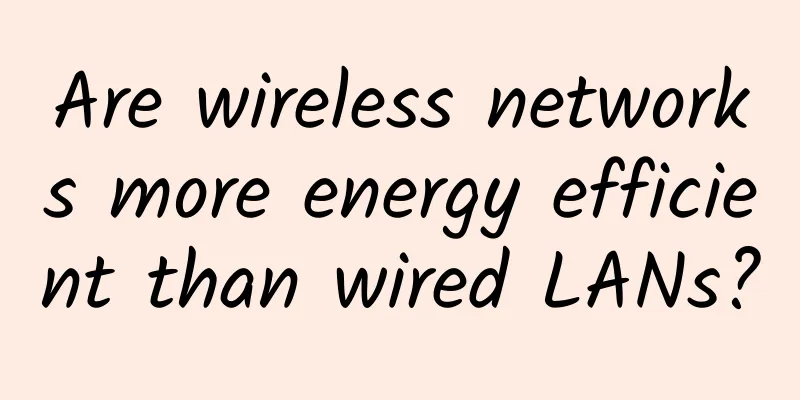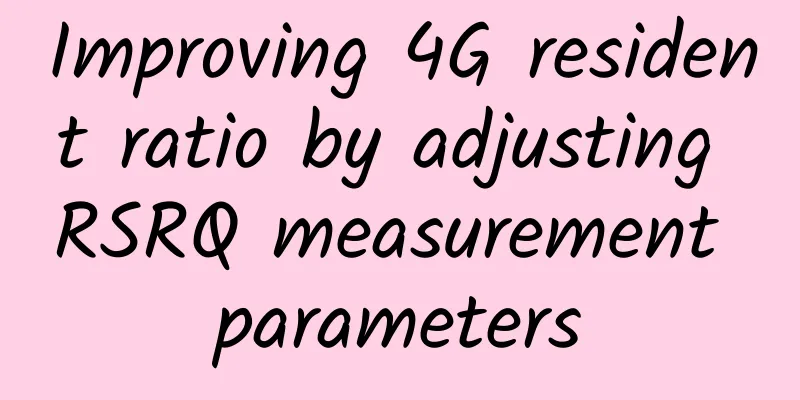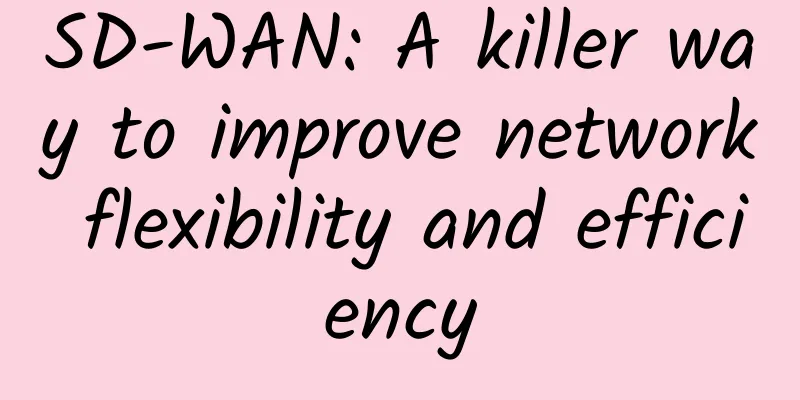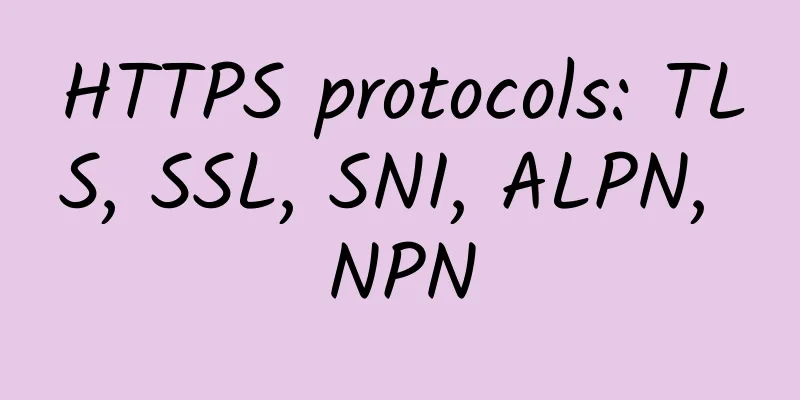Discussion on SD-WAN development: SD-WAN combined with blockchain technology
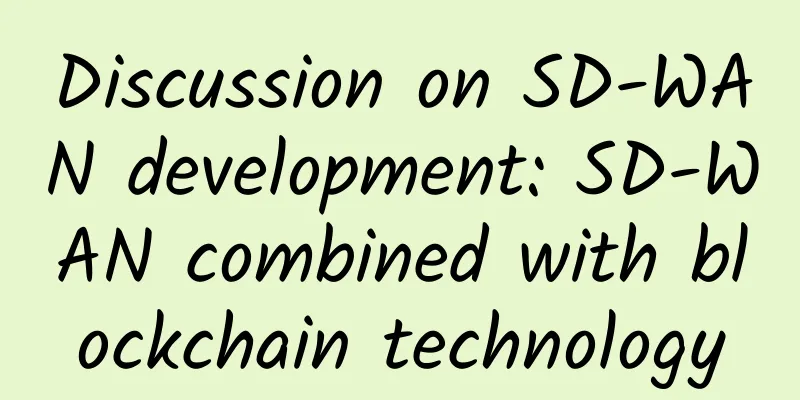
|
As software-defined wide area networks (SD-WAN) become mainstream, it will help drive blockchain’s flexibility and adaptability. Combining blockchain with SD-WAN reduces audit and regulatory risks by speeding up processing times, reducing transaction costs, and recording detailed packet data flows verified by every node for every transaction. Although the prospects are promising, there are still some issues that need to be resolved, such as the issue of private blockchains and public blockchains, but the use cases of SD-WAN are beginning to be realized. Traditional networks are static, expensive to deploy, and require very long deployment cycles, which are unacceptable for networks that use blockchain technology. To be successful, the blockchain transport layer requires low-cost public Internet links that can be deployed reliably and must always be available to all users.
SD-WAN is likely to play an important role in future blockchain deployments due to its support for real-time application performance and predictable service assurance. As SD-WAN becomes more prominent and blockchain technology continues to develop, it will become very easy to use a centralized SD-WAN controller to manage real-time system events and network activities using blockchain architecture as a transport layer. Given that blockchain records transactions that are verifiable in a secure manner and excels at protecting records, SD-WAN controllers can leverage blockchain to manage network and system events. In fact, Hyperledger, an open source orchestration tool developed to promote cross-industry blockchain technology, has begun evaluating how to incorporate blockchain into software-defined networking (SDN) components. Since each block is a momentary record of a transaction or event, the entire blockchain must be visible to all stakeholders in multiple networks. And each new record must be verified by each node, and since no one or record can break the blockchain, it is almost impossible to disrupt network traffic. The main advantage of blockchain is that the ledger is basically synchronized. SD-WAN has in a sense already laid its own mold, especially in the case of SD-WAN measuring latency and congestion or doing end-user quality of experience (QoE) metrics on a packet-by-packet basis. Since blockchain also requires dynamically adding new blocks to the existing blockchain, the ability of SD-WAN to intelligently provide elastic bandwidth based on the number and size of blockchains is also key to improving the price and performance of blockchain transactions. While Bitcoin is currently the most popular blockchain application, other real-time applications such as enterprise resource planning (ERP) or customer relationship management (CRM) may also migrate to the blockchain because the distributed nature of these functions hopes to provide users with the best quality of experience. |
>>: IoT smart home solutions create intelligent products based on scenarios
Recommend
Ethernet Adapter Market to See Record Revenue Growth in 2022
According to a recent report released by DellOro ...
A glimpse of the "treasure" in the tube: the last piece of cake for operators
Global Internet giants are accelerating their pen...
Four questions about 5G: Internet speed is 100 times faster and everything is connected
Since last year, there has been an increasing amo...
Alipay and WeChat are included in UnionPay clearing
As the deadline for the payment industry to "...
Have you ever been cheated by your cell phone plan? It’s time to say “no” to your carrier
As a non-rich person, have you ever applied for v...
5G Snapshot: China: China's 5G Development Layout
The global economy has been put on hold due to th...
Summary of Operation and Maintenance Experienced Drivers: 150 Commonly Used Commands
When it comes to operation and maintenance, every...
China Mobile: More than 390,000 5G base stations will be opened throughout the year to ensure that the quality of 4G network will not decline
Despite the sudden outbreak, this did not stop Ch...
HostYun: Hong Kong high bandwidth VPS monthly payment starts from 18 yuan, single core/1G memory/10G SSD/50M port
Let me share some information about HostYun's...
From DoH to ODoH, operators can no longer hijack DNS
Not long ago, 360, which has always held high the...
China Unicom and its partners release the Trusted Network White Paper
On July 9, 2023, China United Network Communicati...
Roaming on different networks is "running fast", can breakthroughs in standards open the door to a new world?
The Ministry of Industry and Information Technolo...
The three major operators are accelerating their computing power
Computing power is the core of cloud computing. W...
From IP to IP, let's talk about the "useless" knowledge in computer networks
Web development is inseparable from computer netw...
RAKsmart popular cloud server annual payment starts from 79 yuan, Hong Kong/Japan/Los Angeles/San Jose data center
The tribe often shares information about RAKsmart...
